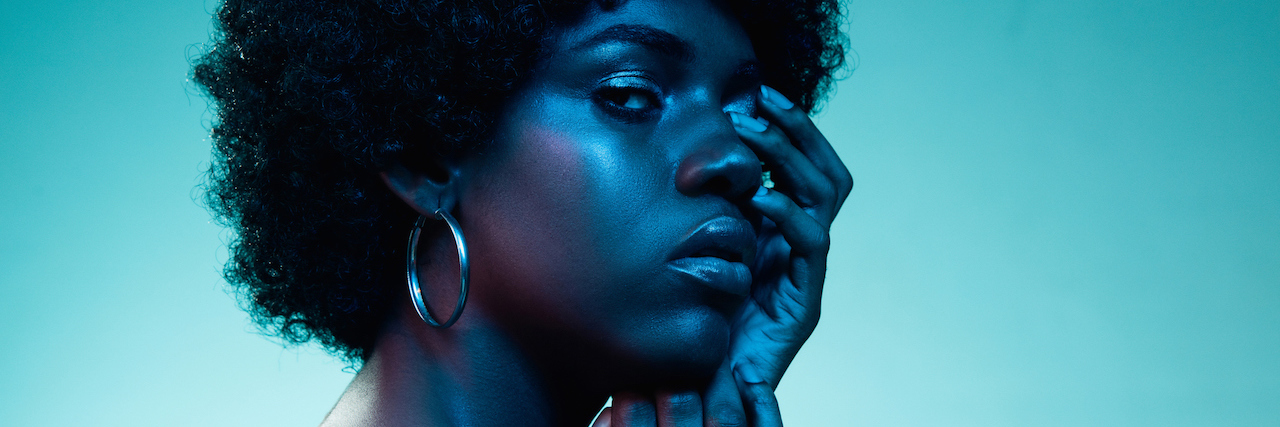BIPOC populations can face significant differences in the accessibility of quality mental health care. The Agency for Healthcare Research and Quality (AHRQ) reported that racial and ethnic minority groups in the U.S. are more likely to be uninsured, more likely to use emergency departments, less likely to have access to mental health services, less likely to use community mental health services, and more likely to receive lower quality care.
July marks BIPOC Mental Health Awareness Month to shine a light on the distinct struggles that underrepresented groups face with mental illness in the United States. BIPOC Mental Health Awareness Month is a chance to destigmatize talking about mental health and substance use disorders. Some feel embarrassed to seek treatment or fear being shamed by their community. By focusing on these issues in July and all year round, we can help change the inequality and stereotypes stopping marginalized communities from receiving treatment.
To highlight some of the specific themes of BIPOC Mental Health Awareness Month, such as the stigma of mental illness, access to treatment and available resources, here are three things to know:
1. Mental Health Stigma
The statistics show that minority groups routinely have barriers to getting help if they choose to seek treatment. When it comes to helping marginalized communities navigate life with a mental health condition, a primary reason for the roadblocks is some type of cultural/social stigma.
For example, throughout some BIPOC communities, one stigma is that seeking mental health treatment means you’re “crazy” or “weak.” A lack of access to culturally competent mental health professionals who can meet BIPOC clients where they are prevents some people from seeking care.
2. Access to Treatment
BIPOC communities face racism or discrimination in treatment settings and language barriers among providers due to a lack of cultural competence among providers. The National Alliance on Mental Illness (NAMI) stresses the importance of obtaining a culturally competent provider.
One reason for cultural competence in health care services is because higher proportions of BIPOC people speak a language other than English. In addition, providers who don’t understand your lived experience as a BIPOC person may underestimate the role of racism and discrimination on your mental health or engage in microaggressions. According to the American Psychological Association, 86% of psychologists in the U.S. are White.
If you’re able, you can ask prospective mental health providers about their training to get a better sense of whether or not you want to work with them before the first visit:
- Have you had any cultural competence training?
- Are you willing to include my values and cultural beliefs into my care?
- Do you have experience treating people from my cultural background?
3. Available Resources
Mental health conditions do not discriminate based on race, color, gender or identity. However, culture, race, ethnicity and sexual orientation can make getting mental health treatment much harder. The National Alliance of Mental Illness (NAMI) is a great start to learn more about mental health wellness and how to inform your community.
If you want to learn how to focus on awareness about the widespread presence and impact of health disparities and identify effective individual, community and population-level interventions, check out the National Institute of Minority Health and Health Disparities (NIMHD) to take action and improve BIPOC mental health health.
Take Action All Year Round
Awareness of how BIPOC communities experience barriers to mental health care is just the first step and it can’t be limited to one month out of the year. To help those seeking treatment and break the silence, advocate to get rid of language barriers, racism and discrimination in your community. The lack of understanding about mental health services and the disparity in receiving treatment will only increase if we don’t take action all year round.
Header Image via master1305/Getty Images

